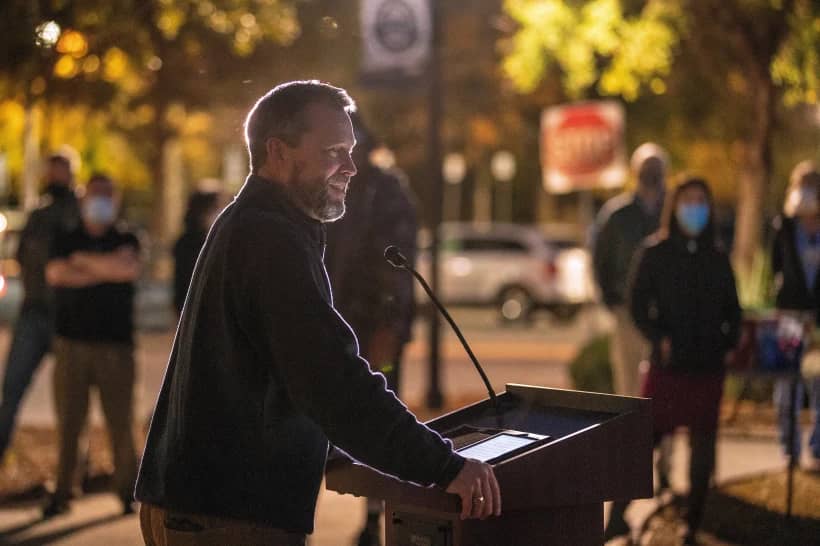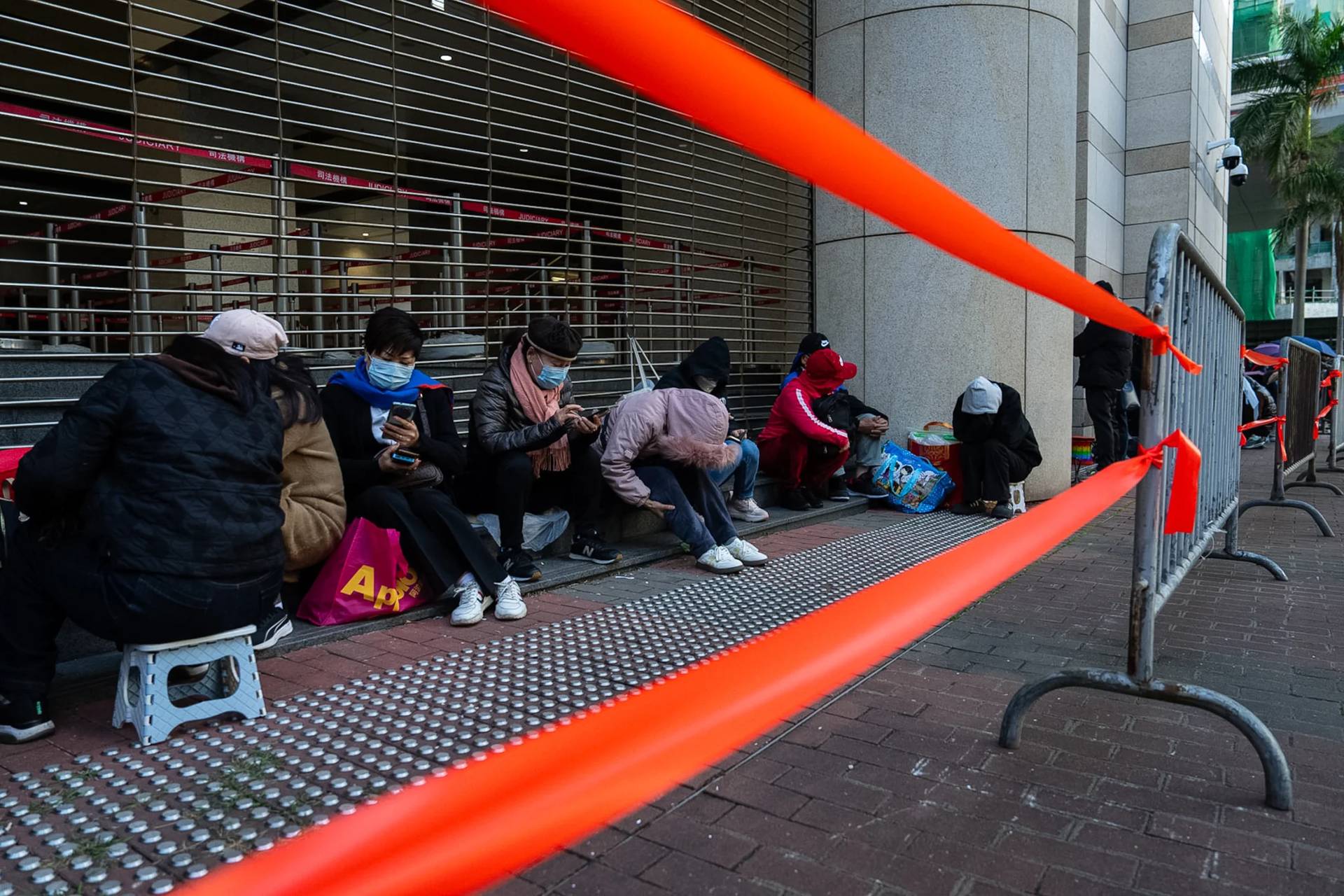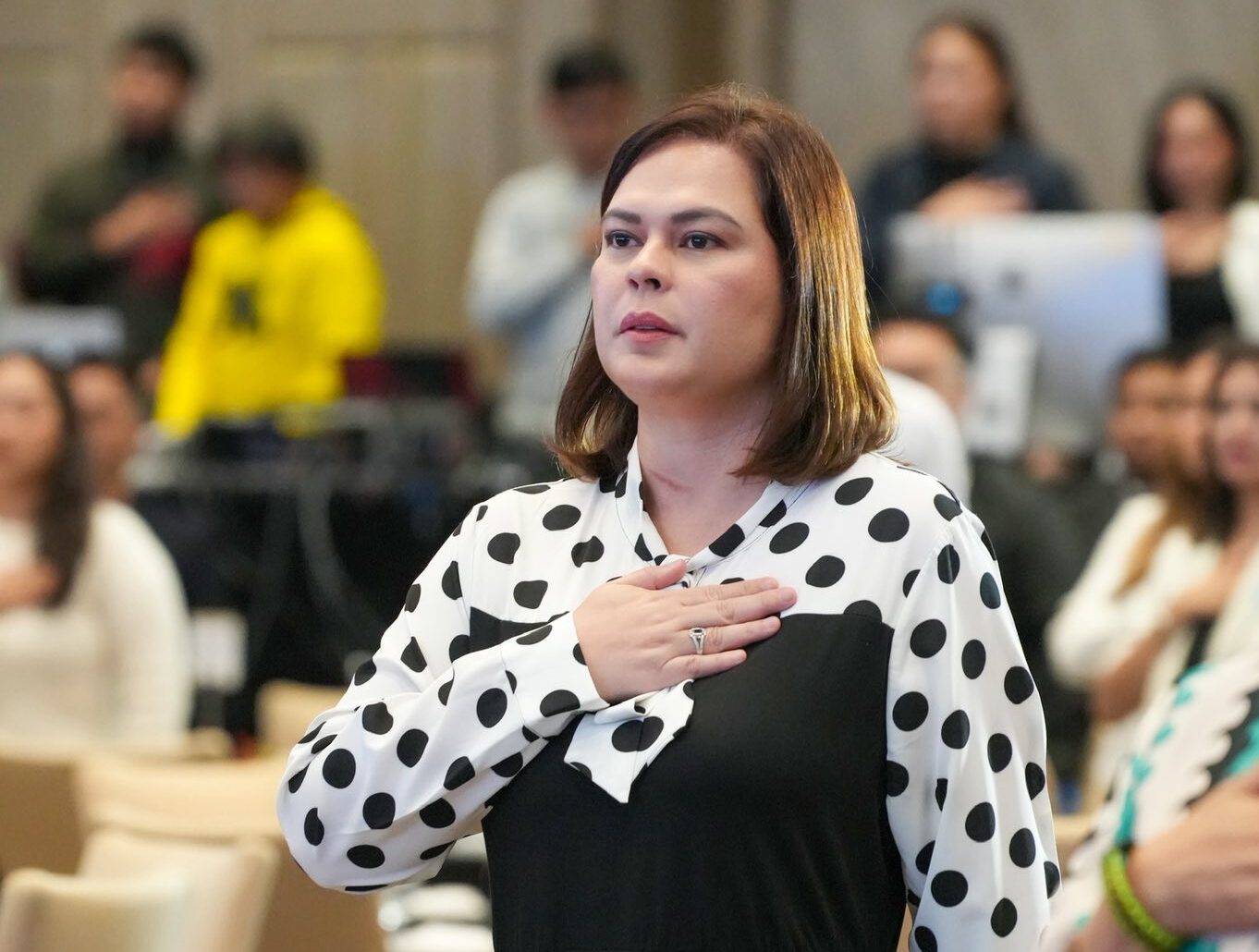NEW YORK – During a trip to Europe in 1953, accomplished 20th Century jazz pianist and composer Mary Lou Williams was exhausted, emotionally drained and facing financial peril when a friend took her to a small church in France where she began to pray.
As Deanna Witkowski explains in her new biography of Williams, titled Music for the Soul, that’s where the musician’s spiritual journey and conversion to Catholicism began, later telling friends that at that church’s fenced in garden she saw a vision of the Virgin Mary.
Around the same time, William’s was at a party in England when a soldier noticed that she was visibly upset and suggested she read Psalm 91 for comfort – the Psalm starts “whoever dwells in the shelter of the Most High will rest in the shadow of the Almighty.” She didn’t read just Psalm 91. Instead, she read all 150 of them. Witkowski told Crux that Williams always said she felt “cooled,” or a sense of peace, when she read.
Outside of these spiritual moments William’s troubles persisted. In May 1954, she was still in Europe when her close friend Garland Wilson, a fellow pianist from the states, died. After hearing the news Williams wound up alone in a hotel room mourning the loss of her friend, and questioning the purpose of her vocation.
At that moment, she again turned to prayer, though at that point she hadn’t converted. It was still the beginning of her spiritual journey.
“It’s in Europe she begins to question what is her music specifically doing to help people, does she need to do something more, and that is where she found God,” Witkowski said.
By the end of 1954, aided by friends, Williams got the money to return home to New York, and it’s from that point on where her Catholic faith played an integral role in her music and life. It’s a spiritual journey and transformation Witkowski believes should be more mainstream.
“Her story needs to be more well known whether or not someone is a jazz fan,” Witkowski said. “Her story in and of itself and how she came to Catholicism, but also her spirituality throughout her life and how it was deepened by her conversion is really important.”
Witkowski herself is a jazz composer, pianist, interpreter and scholar of William’s life and work. She has an album coming out in October, titled “Force of Nature,” that features William’s work.
Witkowski describes William’s as an “experimenter” on the keys. Somebody it was impossible to pin a style on, which Witkowski admires. Stride, Bebop (bop), early swing and funk were a few of the jazz styles Williams was proficient in.
Her music, Witkowski said, isn’t as well-known as other jazz musicians from that era like Charlie Parker, Thelonious Monk, or Dizzy Gillespie. However, her mentorship of those three greats and other jazz musicians certainly is.
She also meant more to the jazz community than just as a musical mentor. Seeking to help musicians struggling with addiction after Parker’s death just months after her return to New York, she opened her apartment to musicians as a halfway house, sometimes composing music for her houseguests to keep their minds off drugs.
As those efforts to help began, her internal struggles continued. From the time she returned to New York in 1954, through 1957, William’s music career was on pause. She again found peace praying and reading the Psalms.
“I didn’t really stop on my own. Something carried me away; I began praying and I never thought about playing anymore… I decided to help them in the flesh instead of playing for them,” Williams responded to a question about why she left jazz.
In 1956, four years after her spiritual journey began in Europe, Williams joined Our Lady of the Lourdes Church in Harlem. She joined the church because it was open during the day for her to pray, and as Witkowski notes it also gave her a safe place to play the piano.
Williams then became an evangelizer, getting the likes of Hazel Scott, Gillespie, Monk and others to come to the church and pray. She eventually left the church, but her spiritual journey continued with constant support from fellow Catholics.
She was baptized on May 9, 1957, at the age of 47 at St. Ignatius Loyola Church in Manhattan. She returned to the stage for the first time in five years less than two months later at the Newport Jazz Festival with the Dizzy Gillespie Orchestra.
The rest of her life until she died on May 28, 1981, was rooted in her faith. Williams used her music as a means to fundraise for musicians struggling from drug and alcohol abuse. She opened a thrift store and a boutique to fundraise as well.
There was also a shift musically. When Witkowski listens to Williams’ music from before and after her Catholic conversion she still recognizes her unique style. What changed, however, was that she started writing liturgical music – a way to bring the jazz genre outside of club walls.
“It’s something where she feels no matter what the context jazz is played, it belongs in a church as it belongs everywhere else and not just in a jazz club,” Witkowski said.
Follow John Lavenburg on Twitter: @johnlavenburg















